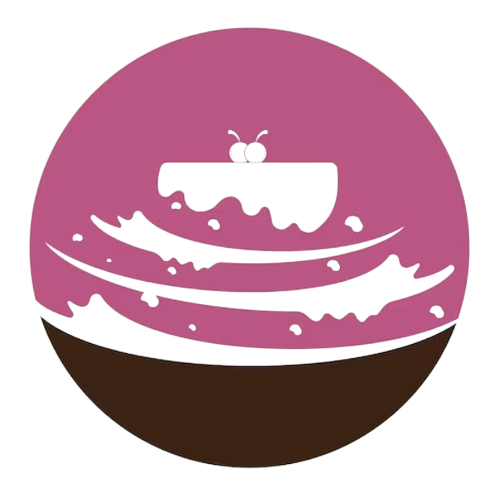WHO AND WHEN DID CAKE INDUSTRY?

We don’t usually associate cake with history. But did you know that cake has a fascinating history? While the specifics are unknown, cake is thought to have originated with the ancient Egyptians and then took a wild, transformative ride from there.
Hello, cake fans! My name is Michelle, and I’m here to take you on a time travel adventure. I’ve been baking for ten years and enjoy learning about the origins of these delectable treats. I hope you enjoy this article as much as I did!
Are you ready to dive into a history lesson? If you’ve ever wondered who invented cake and when, this post is for you. Furthermore, you will be able to educate and excite your friends at the next cake-related gathering.
Let’s get started, shall we?
WHEN AND WHERE DID CAKE ORIGINATE

You might not think that cake is super fascinating when it comes to its beginnings. To be fair, the thought of cake history might not have crossed your thought process. But cake has a thrilling history you’ll be shocked to read about. Let’s dive right in!
It Started With the Ancient Egyptians
It’s true – we don’t know everything about the history of cake, but historians have a pretty good idea. They claim that the first cakes were seen in ancient Egypt.
These cakes were more dense and breadlike. However, they differed from “regular” bread as they were sweetened with honey. They were frequently riddled with other delightful flavors, such as dried fruits, seeds, wine, and other ingredients, creating a “wow” factor.
Next, Came Medieval Europe

Medieval Europeans took note of the ancient Egyptians and created their type of “cake.” In these times, fruitcakes and gingerbread cakes were the most common. Not only did they taste great, but the food could last for months – which was crucial at that time.
Speaking of Europe, something cool to learn is that 15th-century Germans were the first people to celebrate a birthday party involving cake. Although, these cakes were still breadlike rather than tender and fluffy like today. Still a fun fact to know!
Yeast and No Yeast
It is said that the Romans were the ones who perfected adding yeast to a cake for it to rise. However, in the 16th century, Italians developed the process of leavening without the need for yeast.
The Italians added whipped eggs to create a cake that would rise. Not only that, but cakes made without yeast were far lighter and less dense than those of that time. The downside was that these cakes were pretty time-consuming, and the process was challenging.
17th Century Breakthrough

As the 17th century rolled around, technological advances and new ingredients were coming forth. This brought a whole new idea for cakes that closely resemble the cakes we know and love today.
In 17th-century Europe, bakers began to create round cakes with icing on top. The process was done using cake round molds baked on a flat baking tray. From there, the icing (made of sugar, egg white, and flavorings) was poured onto the cake.
After a final bake, the cake would be left to cool. At this point, the icing would become hardened and glossy. Sometimes, bakers would decorate the cake using nuts, seeds, fruits, and more.
19th Century Finale
The 19th century finally brought our definition of “cake” into play. At this time, cakes were created using flour and baking powder rather than yeast. The combo made those delicate and desirable cakes we know and gobble down today.
FINAL WORDS
Cake has changed from its humble beginnings as a breadlike treat. While it may have begun as a dense, slightly sweet good, over the past few hundred years, it transformed into the light, fluffy, airy, and overall delicious sweet treat we know today.



